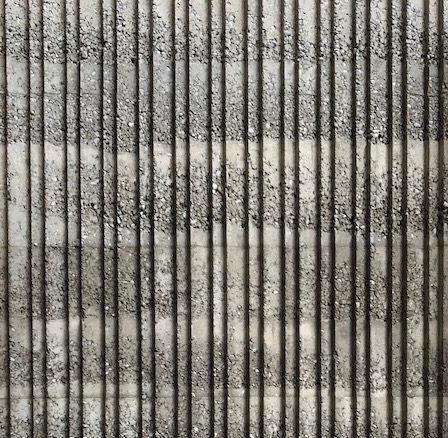Trass lime is a mixture of hydrated lime or marsh lime and ground trass. The term trass is derived from the Dutch tyrass (= putty, glue).
DEVELOPMENT: Trass rock was formed on the earth's crust by volcanic eruptions or meteorite impacts. Together with lime and water, trass lime forms a natural ecological binder.
HISTORY: As early as the 3rd century A.D. the Romans used Rhenish trass, for example for the Cologne-Trier water pipeline, the city walls of Cologne and various buildings in Bonn. Trass lime is also known under the term Roman cement.


Processing: Trass lime wall
PRODUCTION: Trass lime is mixed with local excavation or gravel and water to form a moist mass. Then, layer by layer, it is poured into a formwork (see concrete formwork) and compacted by hand tampering or by means of pneumatic tampers or vibratory plates. After drying for 12-24 hours, the formwork can be removed and the material can dry out completely. Components can be prefabricated or produced on site.
PROPERTY:
- Can be used as interior and/or exterior wall, garden wall etc.
- Own aesthetics and haptics
- Natural ecological binder - Lower grey energy demand
- Similar strength to concrete - High density and therefore mass
- Potential storage capacity
- Waterproof







